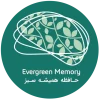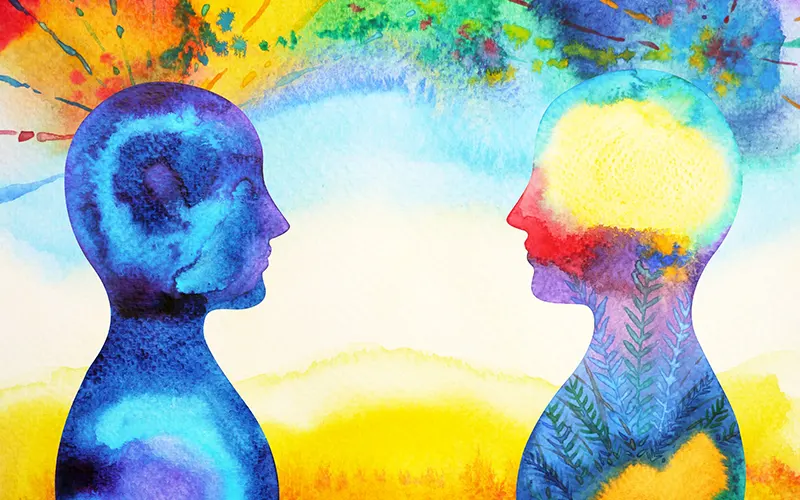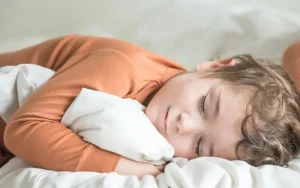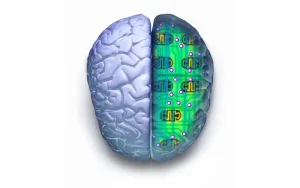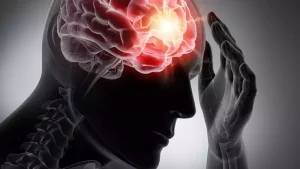For millennia, the utilization of art for healing traces its origins to the traditions of indigenous communities worldwide, spanning tens of thousands of years. Art therapy harnesses creative methods, particularly in visual arts like painting, drawing, or sculpture, aiming to enhance both physical health and emotional wellness.
When individuals confront significant physical or mental challenges, articulating their experiences can prove daunting. Art therapists provide guidance for individuals to delve into and navigate overwhelming thoughts, feelings, and experiences through a reflective process of artistic expression. This approach diverges from conventional art classes, which often emphasize technical skills or the final aesthetics of the artwork.
Art therapy serves as a supportive tool for addressing a broad spectrum of physical and mental health conditions. Its benefits include enhanced self-awareness, strengthened social bonds, and improved emotional regulation, alongside reductions in distress, anxiety, and even pain levels.
In a study featured in the Journal of Mental Health, we observed positive outcomes associated with art therapy for children and adolescents within a hospital-based mental health unit.
Art therapy offers a pathway for individuals who struggle to verbalize their experiences
While the engagement of individuals in verbal talk therapies may sometimes be influenced by the nature of their condition, in art therapy, verbal expression is not mandatory.
Following the completion of an artwork, individuals have the opportunity, if they choose, to delve into the significance of their creation with the guidance of an art therapist, translating unspoken symbols into verbal reflection.
Given that verbal communication is not the central focus of the therapeutic process, art therapy stands as an accessible option for those who struggle to articulate their experiences.
Art therapy has demonstrated efficacy in enhancing mental well-being for individuals who have encountered trauma, those grappling with eating disorders, schizophrenia, and dementia, as well as children diagnosed with autism.
Moreover, art therapy has been correlated with improved outcomes for individuals facing various physical health conditions. These benefits include reduced levels of anxiety, depression, and fatigue among cancer patients, enhanced psychological resilience for individuals with heart disease, and bolstered social connectivity for those who have suffered traumatic brain injuries.
In hospital settings, art therapy has been linked to improved mood and reduced anxiety levels among patients, while in palliative care, it has been associated with diminished pain, fatigue, and depression.
Our investigation
The prevalence of mental health challenges, particularly among children and adolescents, poses a significant societal hurdle. Although the majority of care occurs within the community, a minority of young individuals necessitate hospitalization to safeguard their well-being.
Within these settings, measures involving heightened control, such as seclusion or physical restraint, might be employed temporarily as a final recourse to ensure immediate physical safety. Nevertheless, these “restrictive practices” are linked to adverse consequences, including post-traumatic stress among both patients and healthcare providers.
Concerningly, staff members express a dearth of alternatives for maintaining patient safety. Nonetheless, the eradication of restrictive practices stands as a primary objective for mental health services both in Australia and globally.
Our investigation analyzed over six years of data from a child and adolescent mental health ward in Australia. Our aim was to ascertain whether the presence of art therapy on the unit corresponded to a decrease in the use of restrictive practices compared to periods without it.
We discovered a clear correlation between the availability of art therapy and a reduction in the occurrence of seclusion, physical restraint, and sedative injections on the ward.
The exact reason for this correlation remains unclear. However, it’s possible that art therapy contributed to lower levels of acute distress among patients, thereby decreasing the likelihood of self-harm or harm to others, and subsequently reducing the necessity for staff to resort to restrictive measures.
Nevertheless, hospitalization entails a combination of therapeutic approaches, including talk-based therapies and medication. To establish the specific impact of a therapeutic intervention, controlled clinical trials are essential, where individuals are randomly assigned to different treatments.
While our study was observational in nature, randomized controlled trials have affirmed the benefits of art therapy in youth mental health services. For example, a 2011 study conducted in a hospital setting demonstrated a reduction in symptoms of post-traumatic stress disorder among adolescents assigned to trauma-focused art therapy compared to those in a control group participating in general arts and crafts activities.
What are the opinions of young individuals?
In previous studies, we discovered that adolescents receiving mental health care in hospital settings considered art therapy to be the most beneficial group therapy intervention compared to other forms of talk-based therapy groups and creative activities.
In ongoing, yet-to-be-published research, we are engaging with young individuals to gain deeper insights into their experiences with art therapy and why they believe it may alleviate distress. One young person undergoing art therapy in an acute mental health service expressed:
“[Art therapy] provides a means of expressing emotions without fear of judgment […] It allowed me to release pent-up emotions and articulate feelings that I couldn’t convey through words.”
An area of great potential
The growing body of research demonstrating the advantages of art therapy, particularly for mental health, underscores the importance of embracing creative and unconventional treatment methods within healthcare.
There exists potential to broaden the availability of art therapy services across various healthcare environments. This expansion would facilitate increased accessibility to art therapy for individuals with diverse physical and mental health needs.
